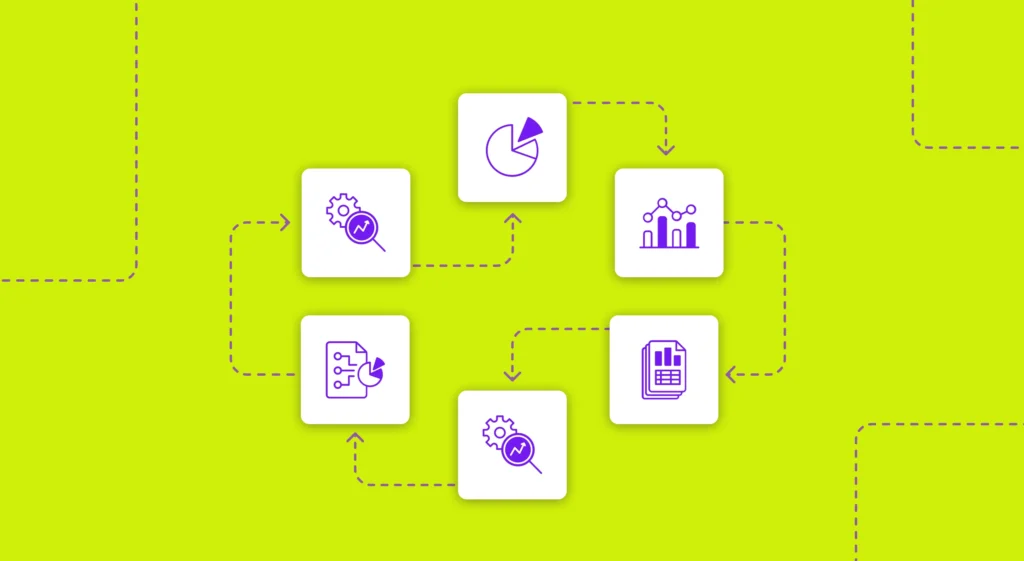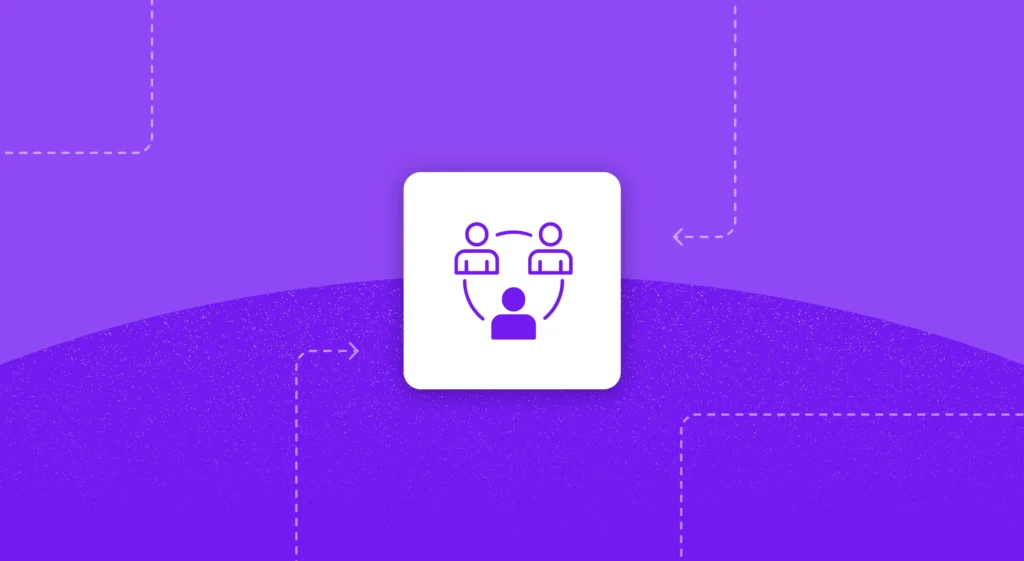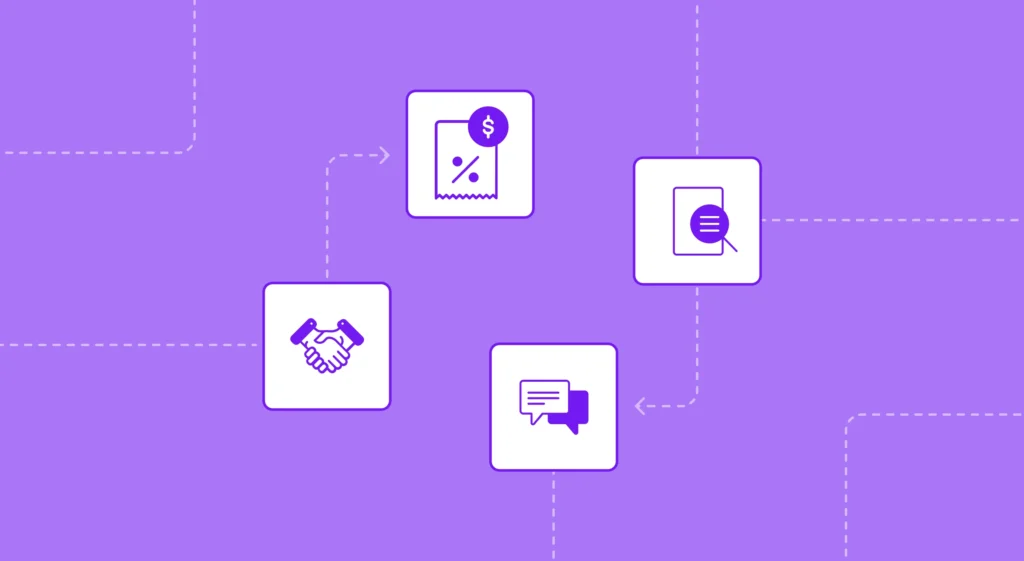The State of Engineering Management Research found that 91% of engineering leaders must provide financial reporting to their finance teams. The successful integration between finance, operations, and engineering (called DevFinOps) will be critical to the future of business leadership, but too few companies are discussing how these should collaborate with one another. At GLOW 2023, we tackled this topic directly, calling in two veteran Finance and Engineering leaders who excel in this collaboration process.
This post summarizes the 2023 GLOW session, Integrating Financial Strategy into Your Software Development Process. To watch the full presentation, visit jellyfish.co/resources/glow-maximizing-engineering-impact-on-demand/.
This session was led by Adam Harris, Director of Product Marketing at Jellyfish, and features Jellyfish CFO, Joanne Cheng, and Global VP of Product and Delivery at Optimizely, David O’Leary. Beyond software capitalization and basic budget planning, this post will discuss the perspectives of two senior executives regarding how product, engineering, and finance organizations work together to ensure that the software development process is continually aligned with business priorities.
What does the usual interface between finance and engineering look like from your perspective? What do those interactions look like and what sort of communication do you have?
David O’Leary: It’s always about progress and improvement for us. We’re working on improving our software capitalization year-over-year, and how Product, Engineering, and Finance work together. Previously, our interaction with Finance was an annual cadence for capitalization reporting but we’ve improved as Jellyfish has significantly aided our DevFinOps capabilities. I would say in the last two years, the difference is stark, night and day even.
Now we’re planning to do this on a quarterly basis and interact more with our finance team around software capitalization. It’s no longer an annual conversation, and there’s much more visibility there for the finance team.
Joanne Cheng: I’ve found that the main “forcing function” of collaboration is budgeting. We establish a really strong rapport with Engineering on budget versus actual. I have a monthly cadence of meetings with engineering management on, “What did you have budgeted versus what did we actually spend?” Headcount planning is another big area of focus between the two teams. It varies at different companies, but in most of the companies I’ve been at, we do the bulk of the headcount planning during the budget cycle. There are many interactions on the budget for headcount planning whenever the budget cycle happens.
And at every company I’ve been at, software capitalization is one of the closest touchpoints between finance and engineering. How it’s calculated requires close collaboration, and that would be a cadence that’s monthly, quarterly, or annually depending on the life-cycle stage of the company.
Efficiency is the name of the game in this macroeconomic climate. How do finance and product engineering organizations prioritize tools and internal infrastructure improvements, and ensure that engineering teams operate efficiently?
JC: There are many benchmarks that we have from the finance side that say what percent of the company’s revenue versus the growth rate should be at any point in maturity. Benchmarks can be a guardrail on efficiency, what tools to prioritize, or how much we want to spend in engineering, but it’s also incredibly impactful to understand what your teams are spending time on, how many resources you need to do the future roadmap work or the work the business needs to accomplish. It requires a mix of understanding guardrails on benchmarks, understanding the amount of work that you have, and the amount of future work that will consume the resources that you already have. I closely work with all engineering leaders to understand staffing and tool choices that help better inform our decisions.
DO: Hitting on something Joanne said, part of ensuring efficiency is understanding where work is and what is actually happening. Jellyfish is excellent for demonstrating that because it can easily lose sight of things within a tool like Jira. I recommend being a bit more reflective; dig into Jellyfish, and really understand where time is allocated. The work categories have been a nice feature for that, giving us a very detailed breakdown of what we are spending on tech debt, what we spend on support, and how that looks product by product. Are we hitting the expectation that we have for how much time we should be spending developing features? It’s been transformative for us regarding how we think about that. It’s amazing to have the ability to roll financial numbers into work allocation and understand how many dollars we spend this month on bugs.
JC: Jellyfish is a single-product company, but I’ve worked at other product companies where we had multi products. I’ve worked with engineering management before on understanding investments across products, and it was always a major initiative to work on. The organizations were not necessarily organized financially by product. To get to that viewpoint, there was a lot of collaboration between engineering and finance. And that information would feed into profitability by product, or profitability by certain things. So to summarize, it’s a key way that engineering and finance can work together.
DO: We are a multi-product company and very proud of our acquisitions; it’s a big part of our DNA. But each acquisition can introduce different ways of working, tooling, etc. Consolidation has to happen to give you a clear vision of our whole company. What does our integrated-together company look like in that world? When you get it just right, it’s excellent. We have such a good view right now. I can see for any given month what each product line has spent on every activity, and even drill down to the issue level. I’m not sure that would be possible without the advancements we’ve seen in Engineering Management Platforms, like Jellyfish.
In part Part 2, we’ll discuss the rest of the conversation, where Joanne and David discuss how deep to dive into financial data for planning, and how leaders can fall into the trap of analysis paralysis when making strategic decisions. You can watch the full replays from GLOW here.







